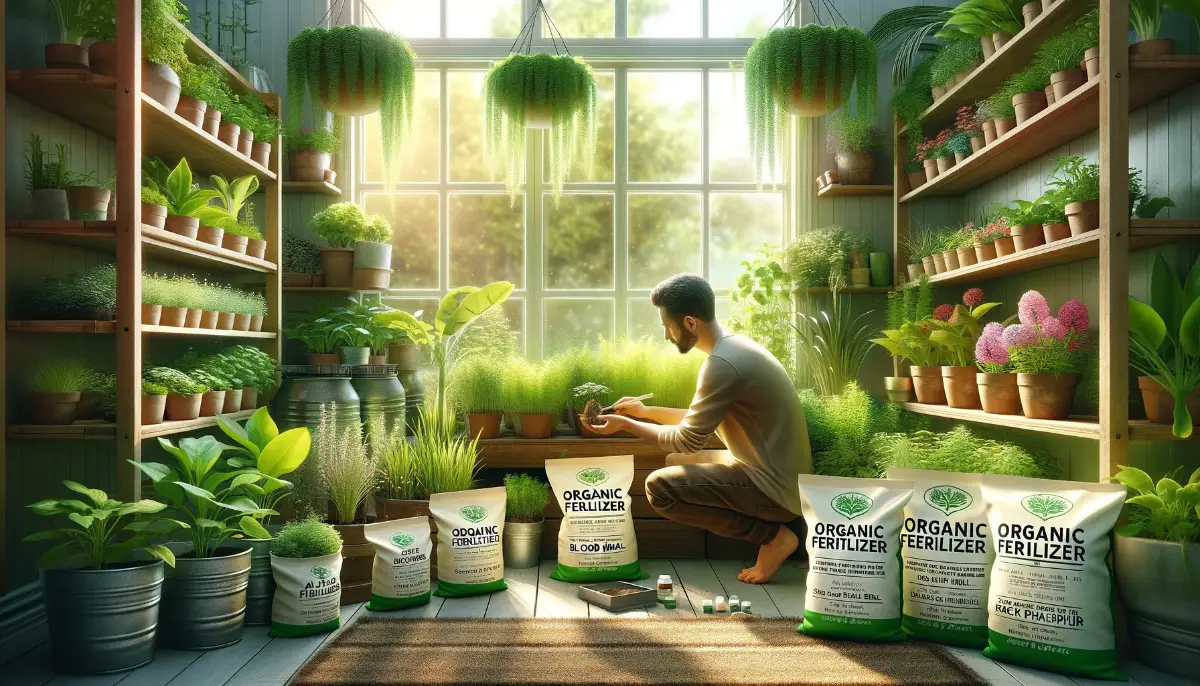Banana peels, often discarded as waste, are actually treasure troves of nutrients for your garden. This article unfolds the myriad of ways banana peels can be utilized to enhance the health and vigor of your plants, revealing not only their fertilizing prowess but also their pest-repelling capabilities.
Utilization and Benefits
Aphid Deterrence and Fertilization
One of the most intriguing uses of banana peels in the garden is their ability to deter aphids, a common pest that can wreak havoc on a wide range of plants. By simply chopping banana peels and burying them just under the soil surface, gardeners can create a natural barrier against these pests. This method serves a dual purpose: while repelling aphids, the decomposing banana peels release essential nutrients into the soil, acting as a natural fertilizer.
Pest Control Beyond Aphids
The benefits of banana peels extend beyond aphid control. When incorporated into the soil, banana peels can deter various pests, enriching the soil with vital minerals. This natural form of pest control is not only effective but also ensures that your plants are fed in the process. The nutrients released from the decomposing peels provide a slow-release fertilizer that supports plant health.
Shining Houseplant Leaves
Banana peels can do wonders for the aesthetic appeal of your houseplants. The inside of a banana peel can be used to gently clean and polish the leaves of your plants, giving them a healthy shine. This simple yet effective trick not only improves the look of your indoor garden but also supports plant health by removing dust and other particulates from the leaves.
Making Banana Peel Tea
A popular method for utilizing banana peels is creating banana peel tea. This liquid fertilizer is made by soaking banana peels in water for a few days, allowing the nutrients to leach out. The resulting “tea” can then be used to water plants, providing them with a boost of essential nutrients. The used peels can be composted or buried in the garden, ensuring no part of the banana goes to waste.
Dry Banana Peel Fertilizer
For a more concentrated nutrient boost, banana peels can be dried and ground into a powder. This powdered form of banana peel fertilizer is easy to apply and can be mixed into potting soil or sprinkled around the garden. It’s an excellent way to provide plants with a quick dose of the nutrients they need to thrive.
Methods and Considerations
Creating Nutrient-Rich Banana Peel Tea
A simple yet effective way to utilize banana peels is by making banana peel tea. This process involves soaking a banana peel in water for about two days, allowing the nutrients to leach into the water. This nutrient-rich tea can then be used to water plants, providing them with potassium, phosphorus, and other beneficial minerals. After soaking, the banana peel can be buried in the garden to decompose, further enriching the soil. This method is an excellent way to recycle waste while ensuring your plants receive a healthy dose of natural fertilizer.
Drying and Grinding Banana Peels for a Potent Fertilizer
For those seeking a more potent fertilizing method, drying and grinding banana peels into a powder presents a viable option. This process involves slicing the peels into thin strips, drying them in an oven or food dehydrator, and then grinding them into a fine powder. The resulting powder can be easily spread around the garden or mixed into potting soil, offering a quick-release fertilizer that’s rich in essential nutrients. This method is particularly useful for gardeners looking to give their plants a quick nutrient boost without the wait time associated with composting.
Considerations When Using Banana Peels in Gardening
While banana peels offer numerous benefits, there are a few important considerations to keep in mind. Firstly, the potential for attracting pests is a concern. Decomposing banana peels can attract fruit flies and other pests, so it’s advisable to use dried peels or bury them deep in the soil to minimize this risk.
Additionally, the presence of pesticides on non-organic banana peels can pose a risk to edible plants. To avoid contaminating your vegetable garden with harmful chemicals, opt for organically certified bananas.
It’s also important to note that banana peels should not be relied upon as the sole source of fertilization. While they provide a good amount of potassium, phosphorus, and calcium, they lack other essential nutrients plants require. Therefore, using banana peels in conjunction with a balanced fertilizer ensures your plants receive a comprehensive nutrient profile.
In conclusion, the use of banana peels in gardening is a sustainable and effective method to boost plant health and deter pests. By employing the methods of making banana peel tea or using dried peel powder, gardeners can enrich their soil naturally. However, it’s crucial to consider the potential drawbacks and combine banana peel use with other gardening practices for the best results. Embracing these eco-friendly techniques not only benefits your garden but also contributes to a more sustainable living approach.
FAQ: Using Banana Peels on Indoor Plants
Can banana peels be used directly in the garden?
Yes, banana peels can be used directly in the garden. They can be chopped up and buried in the soil as a natural fertilizer, offering plants a rich source of potassium, phosphorus, and other nutrients as they decompose.
How do banana peels benefit plants?
Banana peels benefit plants by providing essential nutrients that promote healthy growth, flowering, and fruit production. They are particularly rich in potassium, which is crucial for plant health.
Can I make fertilizer from banana peels?
Absolutely, you can make banana peel tea by soaking peels in water for a few days to create a nutrient-rich solution. Alternatively, drying and grinding banana peels into a powder can be used as a potent, quick-release fertilizer.
Do banana peels attract pests to the garden?
While decomposing banana peels can attract pests like fruit flies, drying the peels or using them in compost can minimize this risk. It’s also beneficial to bury the peels deep in the soil to deter pests.
Are there any plants that should not be fed banana peels?
While banana peels are generally beneficial, they should be used as part of a balanced fertilization approach. Some plants may require nutrients not provided by banana peels, so it’s important to understand the specific needs of your plants.









